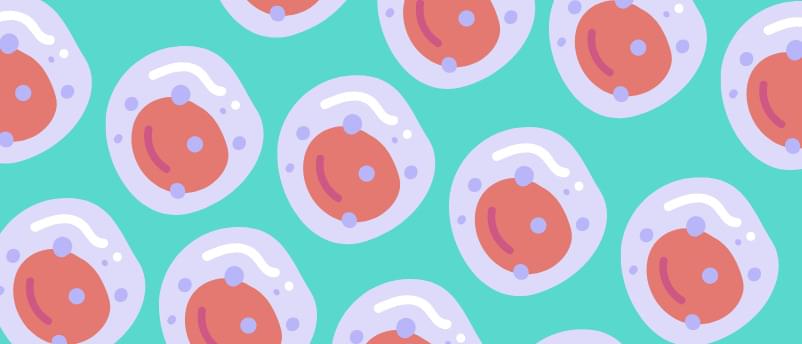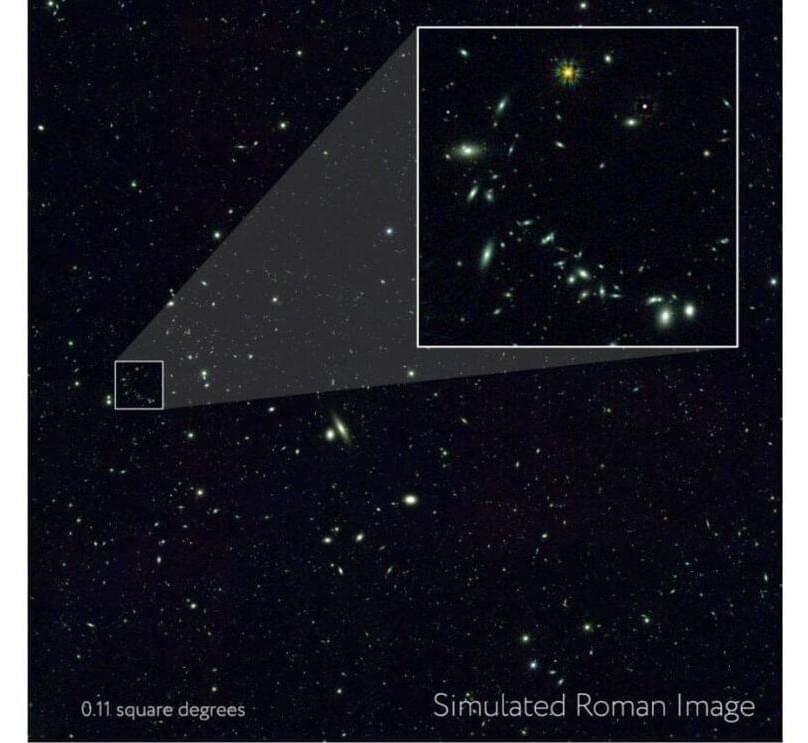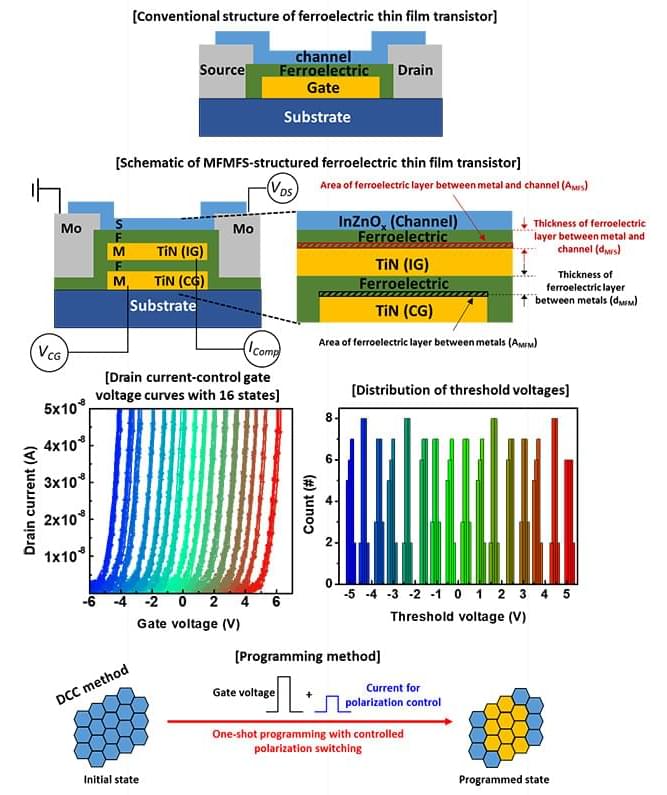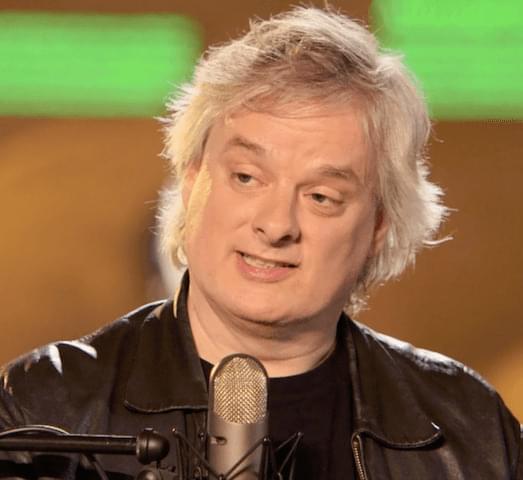Researchers have developed a pH-responsive nanorobot system that changes confirmation in the tumor microenvironment to selectively kill cancer cells in mice.
Researchers at the Karolinska Institutet (Stockholm, Sweden) have recently developed a nanorobot system capable of killing cancer cells in mice. This system works by activating at lower pH, such as within the tumor microenvironment. It is hoped that this could serve as a proof-of-concept for similar stimulus-responsive nanorobotic approaches and introduce a new range of effective cancer therapeutics.
Certain membrane proteins capable of inducing apoptosis, a type of cell death, appear on the surface of both healthy and cancer cells. These proteins, often called death receptors, join and activate when in close proximity to each other. This closeness is induced by external factors binding to the cell surface.





